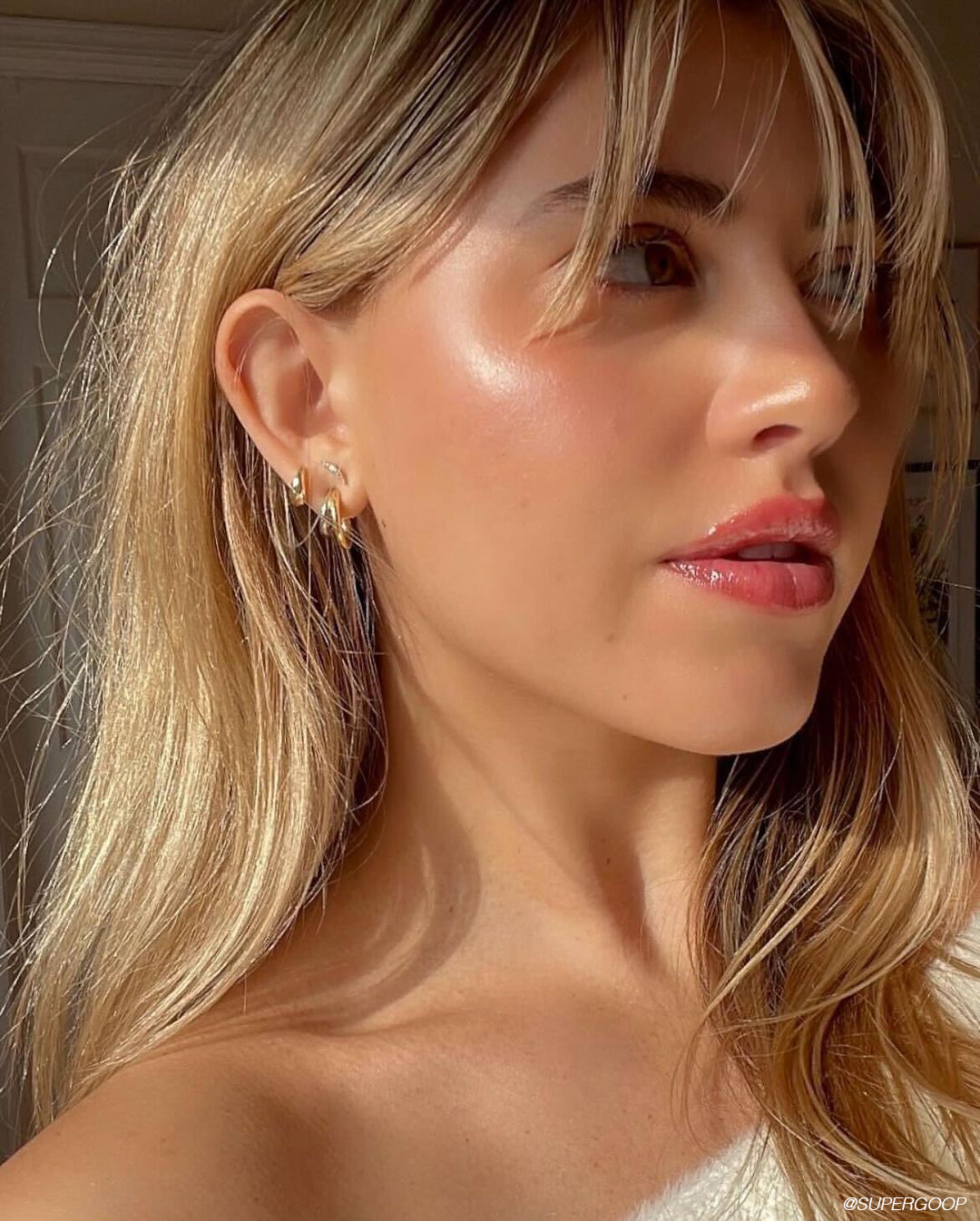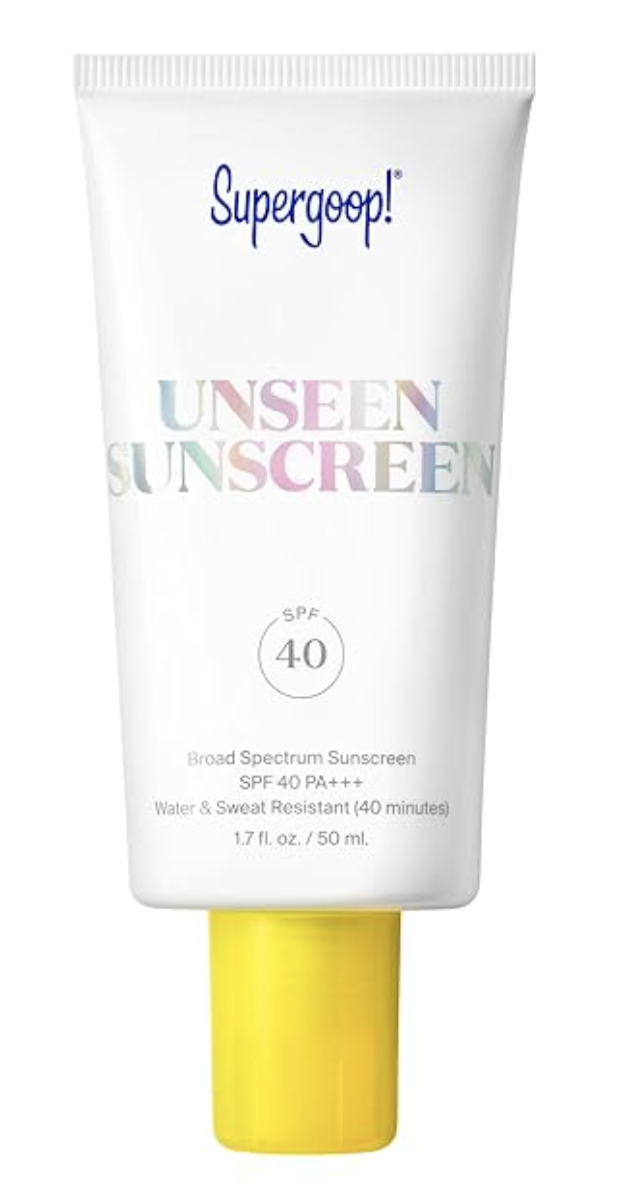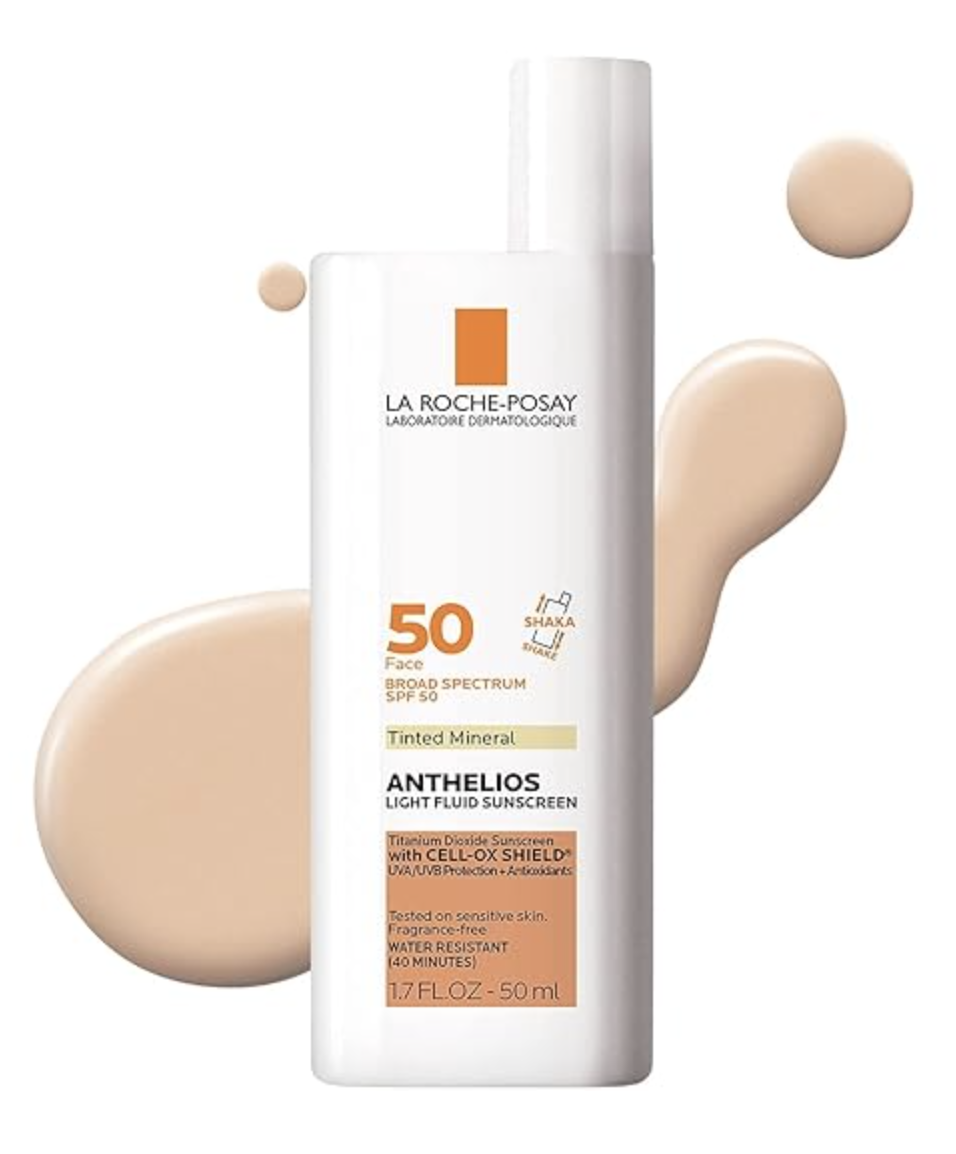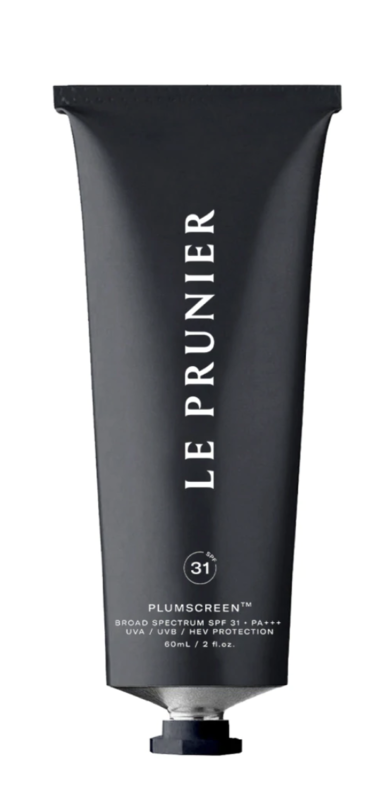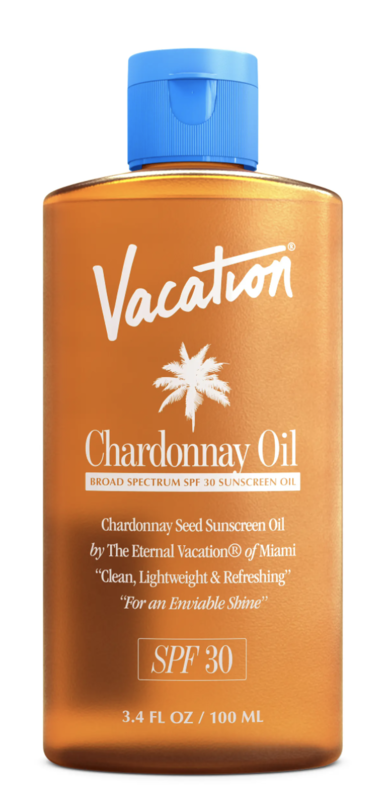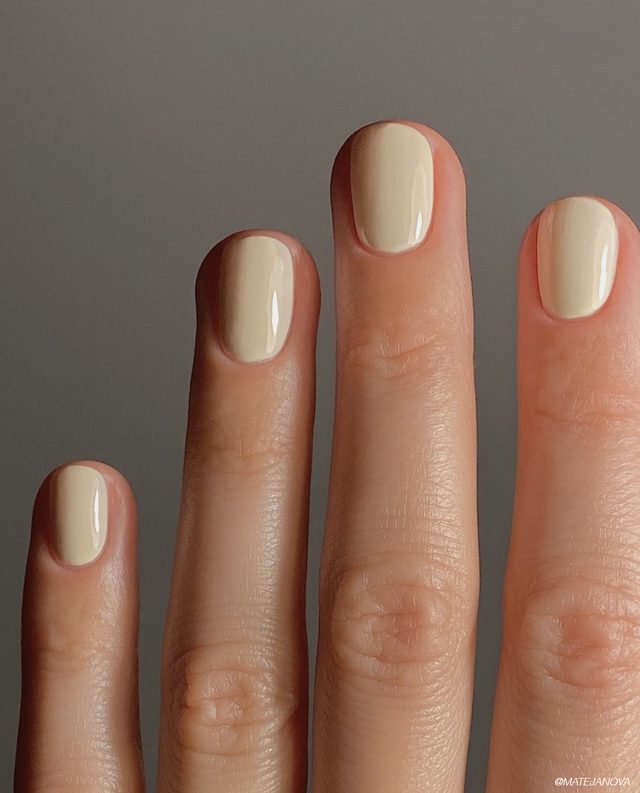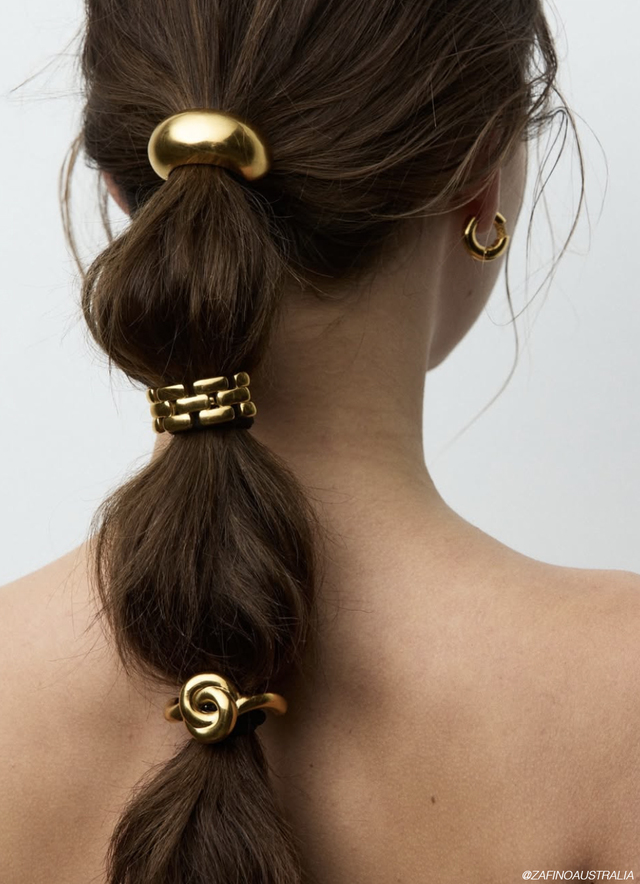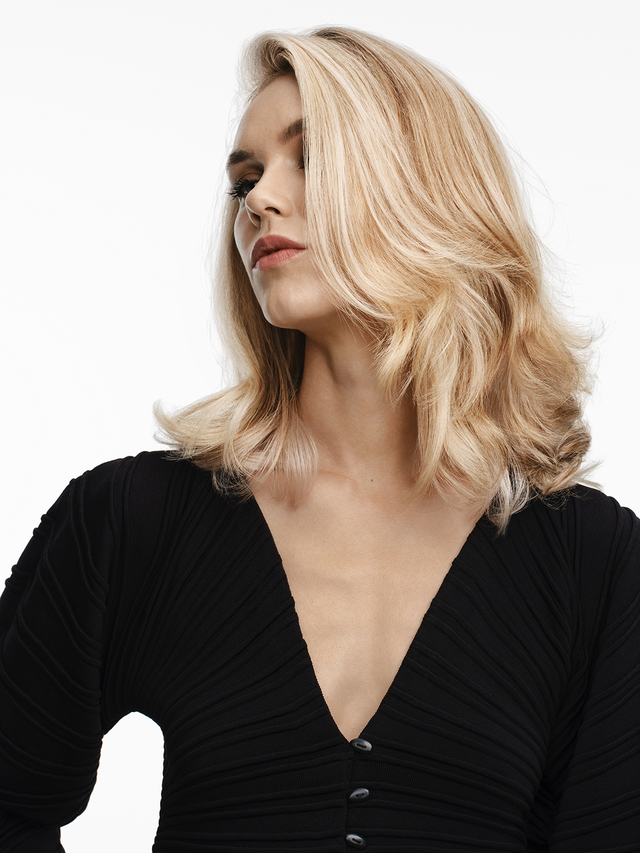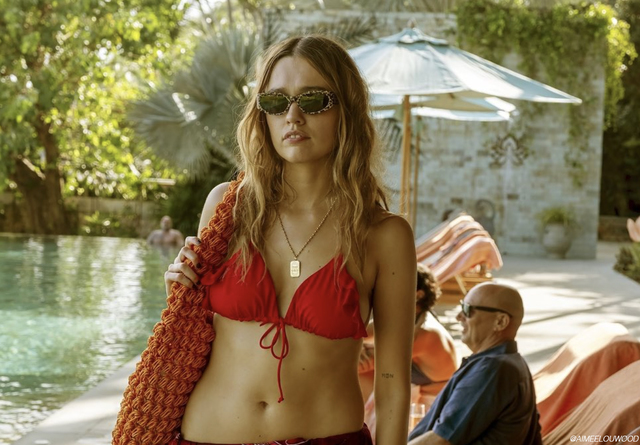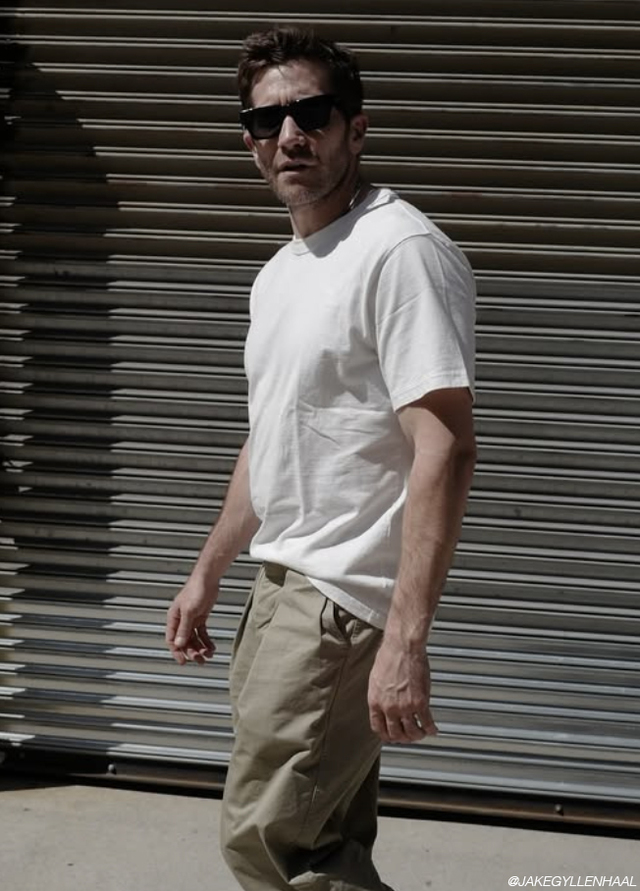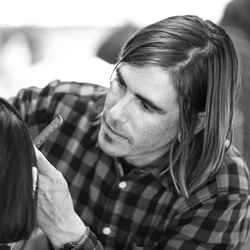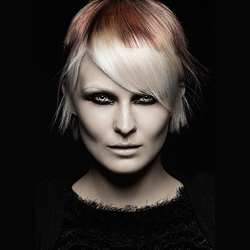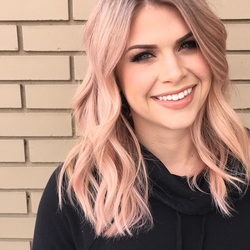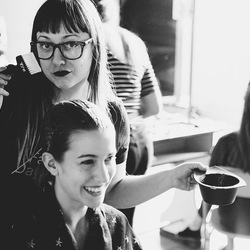Many of us have grown up being slathered, sprayed or doused in sunscreen from a very young age. Over the years we’ve also become privy to the fact that many formulas aren’t exactly “healthy” for us either. Many often contain benzenes (and still do), which is known to cause cancer. Without much regulation, as the summer months roll around many of us are left wondering what to do to protect our skin, so we're detailing how to choose a sunscreen and highlighting a few of our favorite formulas.
How To Choose An SPF
What does SPF stand for anyway?
SPF stands for Sun Protection Factor, which refers to the amount of time sunscreen will protect you from UVB rays.
What do the SPF numbers stand for?
The numbers in SPF correlate to the amount of time and is noted in numbers ie. 30, 50, 70, 100. These numbers are an indicator for how much longer it takes for your skin to burn with and without sunscreen. The important factor to note here is that, anytime we are under the sun, your skin is technically “burning,” SPF simply elongates the amount of time it takes to have an effect.
Types of sunscreens:
When buying sunscreen there are often many types to choose from with the most common being SPF and Broad Spectrum. SPF usually blocks the skin from UVB rays while Broad-Spectrum works to block both UVA and UVB rays.
UVA vs UVB
- UVA rays penetrate deep into the layers of the skin and are responsible for photoaging — think wrinkles, sunspots and loss of collagen.
- UVB rays penetrate the outer layers of the skin, causing damage to cells and are responsible for burning the skin.
Physical sunscreen
These types of sunscreen contain minerals such as zinc oxide that create a physical barrier between your skin and the sun. You might notice with some of these formulas that they create a white cast on your skin and can feel thick or chalky when applying.
Chemical sunscreen
These formulas use chemical ingredients such as avobenzone that work to absorb UV rays before it can wreak havoc on the skin.
How often should you apply sunscreen?
Sunscreen is something that should be worn year-round, even during winter. Although you might think you’re safe from the rays due to cloud cover or being inside, however, UV rays can still penetrate clouds and UVA rays specifically can penetrate windows. For best results and maximum coverage, formulas should be applied generously every few hours.
What's on our wishlist:
Supergoop Unseen Sunscreen SPF 40
Invisible, weightless and scentless — this sunscreen protects the skin without leaving a trace. Great for priming under makeup or all on its own, there’s a reason why this formula has been a fan-favorite season after season.
Supergoop! Glow Stick
With SPF50 Protection, this portable stick is easy to apply and packs a gorgeous glow. As a dry oil sunscreen that can be applied to the face, chest and shoulders it protects against UVA and UVB rays. It creates a gorgeously glowy and dewy finsih with an invisible finish and without an oily residue.
EltaMD UV Clear Face Sunscreen
We love the EltaMD UV Clear because it glides on clear. As an oil free sunscreen with Zinc Oxide, iblends in effortlessly leaving no white cast, which is virtually unheard of. Protecting against breakouts this travel size sunscreen pump bottle is the perfect companion for traveling or daily when you're on the go. It is ideal for sensitive skin and helps soothe skin types prone to acne, rosacea, and hyperpigmentation. Wear it alone or under makeup, you pick!
La Roche-Posay Anthelios Tinted SPF50
They say the best way to avoid the temptation of getting a tan is to apply a fake one or a tinted SPF, and they're not wrong. Not only does La Roche-Posay Anthelios Tinted SPF50 offer SPF50 protection with Zinc Oxide, but it also comes in a tinted formula. Giving a hint of color that naturally melts into your skin and will leave you forgetting about the last 9 months of winter. In addition to the glowy vibes, this sunscreen is 100% Mineral, Oxybenzone-Free. Fragrance-Free. Suitable for all skin types.
Le Prunier Plumscreen
Created with the same skin-loving ingredients from their cult-favorite Plum Beauty Oil, this sunscreen protects against blue light and UV damage, while protecting collagen and moisturizing skin. Thanks to its nano zinc oxide, wearers don’t need to worry about residue.
Vacation Chardonnay Oil SPF 30
Broad-spectrum, reef-friendly, Oxybenzone, Octinoxate, PEG, Paraben, and Cruelty-Free, this vegan formula is made from chardonnay grapeseed oil that delivers shine and hydration while also protecting your skin.
Some of the links in this post are affiliate links. This means that Bangstyle will collect a small share of the sale from any purchase you make from the products we recommend.
